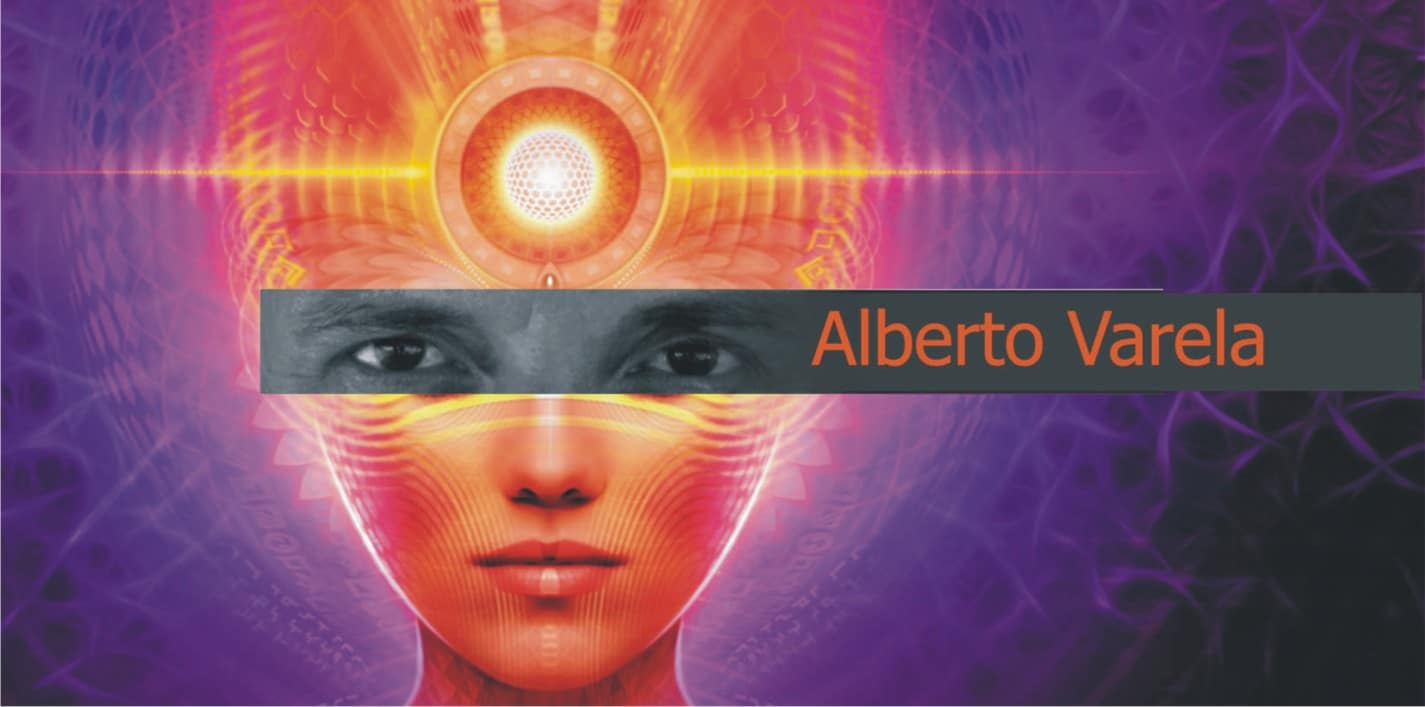THE FIGHT BETWEEN THE PURISTS AND THE REBELS
Just as there are people who live and devote themselves to preserving tradition, others invest all their energy and time to renew and change the known into new forms and models. There is something that is not comprehended between them.
Tango, as a musical style or dance style, like all styles, is subject to transformation. The phenomenon of the birth of new styles from the fusion with other styles is something that is happening around the world and in almost all areas. As if we had realised that original things can be created from what has already been created, and not precisely because what we already know is inadequate or limited, but because we have discovered that everything we already know is a sample of everything we can create. As if we had a palette of colours, tools or options where mixing them allows us to create new works of art.
In artistic painting, in psychology, in spirituality and also in other sciences, the same thing happens. An example of this is that, before, astronomy was a different science to biology. But now it has merged into another science, astrobiology, without nullifying or replacing the other two sciences from which it comes.
Amazonian shamanism does not escape this tendency of fusion and transformation. Although it comes from many centuries ago and is sustained by a strong tradition, for several years now it has begun to morph into other types of approaches.
Ayahuasca, like tango, has its purity, its roots, its history and its own style. When modifications in the original styles arise, purists appear who try to defend their own style because they feel offended by the appearance of other styles based on the same roots.
Astor Piazzola was a great Argentine musician and composer from the 60s to the 90s, who was criticised by tango fans because he distanced himself from tango. Again and again he said: “I do not do tango, I use the instruments of tango, some bars and part of their rhythms; I learned from the masters of tango, my roots are in tango, but I do not do tango”. He has been the greatest revolutionary that Argentine music has had, because he gave a twist to tango that allowed him to create another style; sometimes it looks like tango, at other times the essence of tango is hardly felt, but it is not tango; it’s a musical style that doesn’t even have its own name. It is called the Piazzola style because of the name of its creator.
In the 70’s my father took me to the theatre to see and hear Astor Piazzola. There were barely twenty of us there. My father was a fan of his, and it was obvious that I was the youngest fan there at just 9 years of age. My father told me: “Astor Piazzola has gone beyond tango, he is a very evolved musician.” But I was surprised that there were so few people in the presence of such extraordinary music. Listening to him playing the bandoneon was like being in an Ayahuasca session. One could enter into very deep processes of comprehension. With Piazzola I learned to differentiate what it is to make an instrument speak, rather than just to play it. He literally, made the bandoneon speak. He was a very evolved but misunderstood musician. Absolutely rejected by purists because it went against the roots and known forms of tango.
The same happens with Ayahuasca. There are groups that continue with traditions, culture and traditional ceremonies. But others have distanced themselves from tradition. They are not Ayahuasqueros, they are not shamans or Ayahuasca teachers, but they have used Ayahuasca to create another style of work. They do not do ceremonies, they do not clean energies, they do not sing Icaros all night, and this is because they have created their own style. Some even use an equivalent to Ayahuasca that they call Anahuasca, a homemade preparation similar to the masterly and original formula of the Amazonian natives. In all these cases, although their roots are submerged in relationships with shamans or visits to the jungle, when interacting with people who want to have experience with Ayahuasca, they offer a service that is something different from ‘sharing Ayahuasca’ or ‘performing a ceremony with Ayahuasca’ in the traditional or purist style.
In our case specifically (meaning the organisation Ayahuasca International) we are the target of criticism and attacks and I want to clarify that we perform INNER EVOLUTION RETREATS, WITH PSYCHO-THERAPEUTIC USE OF 100% PURE AYAHUASCA (without aggregates) AND BREWED BY SHAMANS. (We do not use Anahuasca). Participants may or may not take Ayahuasca. They may take less, or more, one or more times during the night, depending on what the facilitator allows. Facilitators may take Ayahuasca or not, music may be recorded and/or live, or it may be done in silence; there may be 1, 5, or 50 participants; and there may be many details and variables that make each night or session something unique and different. This is because sessions respond to a spontaneous model that we have created, which has been widely accepted in the world, and that consist of putting participants’ individual processes at the centre of out attention, and not the Ayahuasca or the ceremony, nor the tradition, and much less whoever directs the session or the retreat.
We are not in favour of creating stages for facilitators to act and stand out. Rather there is team work between facilitators who share tasks and support participants. For this reason we can receive many people, because we are many facilitators accompanying people. We do not work alone but as a team. We also rotate facilitators around countries, so that participants do not cling to or idealise facilitators. On the other hand, each one of the facilitators has their own style, which we respect because if anyone is forced to ‘repeat’ the same style again and again, they will not be working from consciousness, but rather from automation mode. Repeating is much easier than changing. In fact, the word ‘Rite means ‘Repetition’. Rites are repetitions of actions as they have been done before. And it makes a lot of sense so that new generations do not leave the margins where something must be done when it comes to delicate, spiritual or sacred practices. But in the area of inner ‘evolution’ or the work of ‘expansion of consciousness’ it is necessary at certain moments to leave the past, tradition and culture that has accompanied a practice.
I have been involved in this for more than 30 years. Trying everything, merging, reworking, transforming styles related to personal development, the inner search, spiritual discovery, emotional unblocking, opening of the heart, liberation of consciousness, etc. And for this I have investigated techniques and methods both Eastern and Western. That is how I discovered Ayahuasca, and from there I was able to harmoniously bring together all the links that I had been discovering and enjoying. All of the above, including Ayahuasca, were left behind; because detachment from the known was necessary to give rise to something original and innovative.
That is what we are sharing around the world: The manifestation of a new style of working with Ayahuasca and psycho-therapy, with shamanism and spirituality, with meditation and with so many wonderful techniques that they no longer have the prominence that the purists would like them to have; that they have a soul of their own, and that is apparently very much in harmony with what many people around the world need and want at this moment, regardless of their culture, religion or nationality. And the great thing is that it does not disregard or replace tradition, because many people only see it as possible to access Ayahuasca via rites or ceremonies that come from thousand-year-old cultures. There are people for everything, and only respect is required.
In my case, I had the audacity to create something new, distancing myself from tradition and incorporating elements that had never been discovered before. That is why I affirm that we are dealing with a truly integrative and ‘international’ offering, because it transcends socio-cultural borders. Because of the gratitude I feel for Ayahuasca as the master tool for personal evolution, and because it has allowed me to gather, merge and transform all of the above, I named this organization AYAHUASCA INTERNATIONAL. And the name of the company that owns the hotel that we bought in the jungle is called THANK YOU AYAHUASCA S.L. It is obvious that gratitude and recognition for this Amazonian plant is present in our movement; Although many traditionalists or purists do not comprehend that, we move forward with our own style.
I thank the taitas or shamans of the Colombian Putumayo who accept our offering, and also support us, accompany us and teach us to use what they have known for so long, without getting into a conflict around different approaches. Others may attack and criticise us, but someday they will comprehend.
The evolution of consciousness has those two essential components: conservation and renewal, preservation and change. Each creates the conditions of evolution at each moment.
The difficulty appears when there are people who identify themselves and attack those who are on the other side of whatever made them conscious. The traditional is not against the new, they are complementary, because the traditional is for one time and the new for another time. Perhaps this is what we still cannot comprehend; that, as Ecclesiastes says in the Bible: “Everything has its time under the sun.”
In the world of Ayahuasca this is a time of coexistence, that in principle is creating disputes and attacks, but that ultimately will be part of a further leap in the process of evolution. Do not forget that ‘evolution’ is ‘increased complexity’, without which we cannot be ready for the new.
I can’t believe it, and I’m thrilled to think that more than 40 years ago, when I saw and heard Astor Piazzola, I was discovering the creative and innovative quality of fusion and transformation in myself, which I feel is complementary to those who conserve and preserve traditions. Because we are two manifestations of the same original creation.

Alberto Varela
[email protected]




